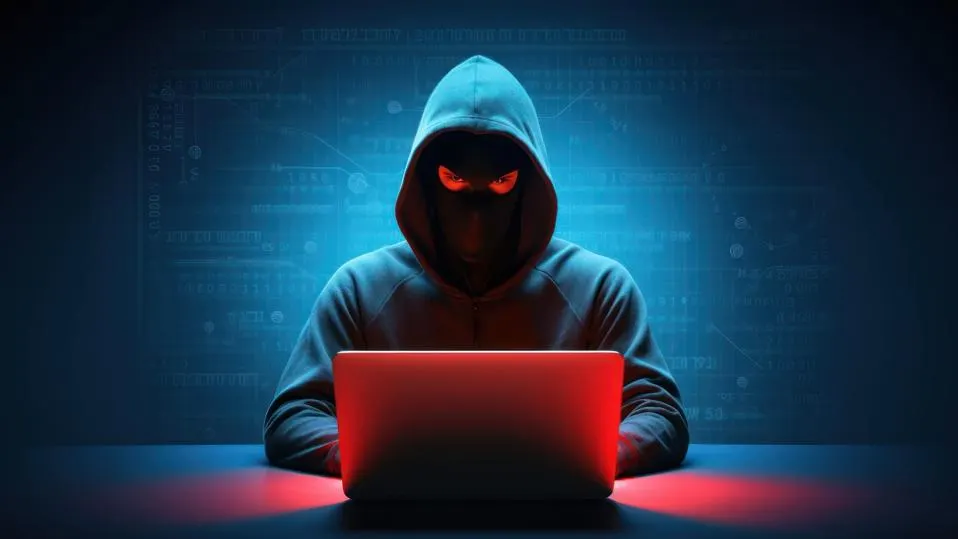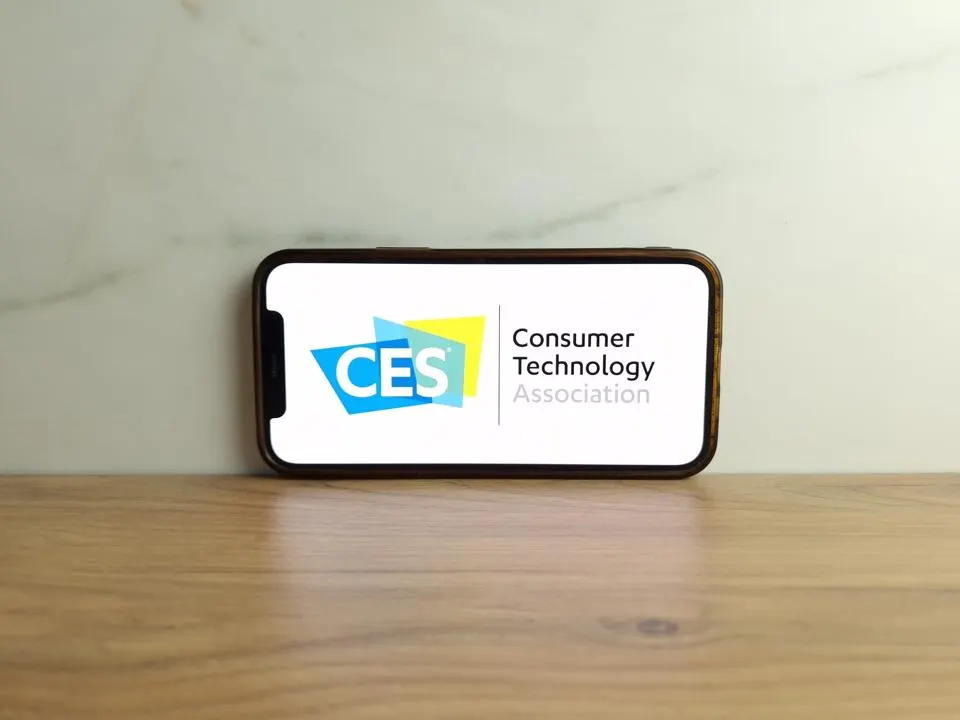How To Make An NFT? All You Need To Know
18 July 2022
Non-Fungible Tokens (NFTs) have taken the world by storm in the last few years. You may have heard of collections such as the Bored Ape Yacht Club, or one-off creations like those by artists like Beeple, or even corporate NFTs created for the metaverse by companies like Nike and Gucci.

Whether you think they are indeed the future of art, music, and other fields or an over-priced, over-hyped fad - and there are valid opinions on both sides of the debate - the fact remains that they have become extremely popular very quickly. And if you’re a creative sort looking to put your work in front of a wider audience, there are some good reasons why you might be interested in understanding the process of making (or “minting”) your own NFTs.
So here’s my quick overview of how to get started and a general guide to the stages of the process to give you a better understanding of one of the most interesting and potentially transformative technology trends.
So What Is An NFT?
As the name suggests, an NFT is a token (an object that can be used to represent something else) that isn't fungible. This means that it’s unique – unlike, say, money, which is a token of a currency with lots of units in existence that are all the same.
In digital terms, an NFT is a token that is stored on a blockchain. This means it’s held on an encrypted, distributed ledger- a database file of which multiple versions are stored across many different computers, and no one can alter or amend any copy without consensus across the entire network.
Fundamentally, because NFTs are tamper-proof (thanks to the encrypted nature of blockchains) and unique, they can be used as a unique identifier of another digital asset, such as a picture, a video file, a piece of music, or pretty much anything else. Twitter founder Jack Dorsey famously minted his first-ever tweet as an NFT and sold it for nearly $3 million.
Why Make an NFT?
The most obvious answer to this question might simply be to make money. However, the majority of NFTs won’t sell for anything like the stratospheric amounts we’ve occasionally seen them go for. In fact, as it costs money to mint an NFT, it's likely that most people who try it out will lose money in the process – although there are a couple of options for minimizing the risk of this happening, which we will cover below.
However, there are still some good reasons to give it a go. If you plan to make a living through selling art, then NFTs offer an interesting new model of building bridges between creators and consumers. Firstly, they allow creators to cut out the hassle and expense of dealing with a lot of the middlemen that can be involved with marketing and selling their work. All that’s required is to understand a little about the technological components that are involved, such as wallets and marketplaces, and you’re good to go.
Secondly, because they are blockchain-based – usually existing on platforms such as Ethereum, Solana, Binance, and Tezos – they can take advantage of “smart contract” functionality offered by those networks. This means they can be programmed to execute code, and typically with NFT sales, this means code that ensures every time the NFT is sold on, a portion of the revenue goes directly to the original creator.
Another reason you might want to mint an NFT is simply to understand the technology. Although at the moment, we mostly hear about them being used to sell art and other creative works, all sorts of commodities – from event tickets to rare whisky and even diamonds – are sold with NFTs. Understanding the impact this new technology is likely to have on your industry, whatever that happens to be, is a valid reason that many people may be drawn toward learning and experimenting with the tools and platforms in the NFT ecosystem.
Where to Start?
Firstly, as mentioned above, you will want to choose which blockchain you will use to mint your NFT. Ethereum is by far the most popular blockchain used for holding NFTs, but it comes with a few significant downsides. One of these is the high environmental cost associated with proof-of-work blockchains - which Ethereum still is, despite ongoing efforts to switch to a less energy-intensive proof-of-stake model. The technical differences are beyond the scope of this article, but you can read a primer here. Other networks such as Polygon, Solana, and Tezos are already proof-of-stake, so if you know the computers being used to mint your coins are generating carbon emissions, you may want to pick one of those.
Another downside to using Ethereum is that the fees – known as gas fees – charged for using the network are significantly higher than on many other blockchain networks. The fee fluctuates depending on how busy the network is but typically starts at around $20 to $30. On other networks, the fees are more likely to be denominated in cents.
Next, you will want to choose your marketplace. To some extent, this decision will be made for you depending on the blockchain network you want to use. The biggest NFT marketplace, OpenSea, for example, supports NFTs that live on the Ethereum, Klatyn, Polygon, and Solana blockchains. If you want to mint on the Binance Smart Chain, your options will include Binance NFT marketplace, Venly, and Refinable.
Another popular NFT marketplace is Rarible, which lets you use the Ethereum, Flow, and Binance smart chains. As with everything related to NFTs, there are positives and negatives about every option, and it's often a matter of making trade-offs – choosing a more popular marketplace with a potentially bigger audience but higher fees, versus choosing a less popular but cheaper marketplace, for example. Also, using Ethereum – while more expensive and (potentially) more polluting in terms of emissions – means your customers have the opportunity to pay using ETH, one of the most popular cryptocurrencies. Using other networks such as Polygon or Tezos means customers may have to pay using their associated cryptocurrency tokens, of which there are simply fewer in circulation.
Once you’ve got an idea of the chain and marketplace you’d like to work with, you’ll need to get hold of a wallet. Although there are various options, a straightforward choice here is to simply use Metamask – which integrates well with many of the most popular NFT marketplaces, allowing you to transfer NFTs straight into your wallet. Math Wallet and Coinbase Wallet are other well-supported options.
One point to remember if you’re interested in the technicalities is that, despite their name, wallets don’t actually store your NFTs. The NFTs themselves are stored on blockchains which are stored in a distributed manner on hundreds or thousands of computers all over the world. Wallets simply store the private keys that are used to prove ownership of a particular NFT to the algorithms that keep all the copies of the blockchains in synch.
After setting up your wallet – which is usually either a smartphone app or a browser extension - it’s usually just a simple case of connecting it to the marketplace you want to use for selling or trading your NFT.
Now, with your wallet set up and connected to your marketplace of choice, it’s time to finally create that NFT.
Creating Your NFT
This is one of the simplest steps with no real tough decisions to be made. The marketplaces all offer functionality that lets you create your NFT by simply uploading the artwork (or whatever) that you want the NFT to represent and linking it. This is very straightforward, and the marketplaces, such as OpenSea, walk you through the process of creating and adding the necessary and optional metadata. You can set some information so it only becomes visible to the buyer of the NFT (useful if you are making objects for a game or a code to redeem if the NFT is linked to a physical object that the buyer can obtain).
Unfortunately, this is where things start to cost money. With NFTs, fees are incurred whenever changes are written to the blockchain, and minting your NFT is probably where this will start to happen. As noted above, minting on the Ethereum blockchain is the most expensive of the options available, but you will have a bigger pool of potential buyers and be able to accept payment in ETH, the second most popular cryptocurrency (after Bitcoin).
There are, however, a couple of ways around these fees. Firstly, and most obviously – use a blockchain and marketplace combination that doesn’t involve fees. One popular option here is minting on the Polygon blockchain (a comparatively environmentally friendly blockchain that uses proof-of-stake) using the OpenSea marketplace. As of writing, this combination can be done without incurring fees.
If, however, you have your heart set on the super-popular Ethereum blockchain, you might want to investigate the “lazy minting” options offered on some markets, including OpenSea and Rarible. This allows you to create NFTs that aren’t actually deployed to the blockchain until someone buys them – at which point the minting fees are bundled in with the selling fees.
Once it’s created, the NFT should appear in your own wallet to show that it belongs to you and is ready to be traded.
Selling Your NFT
So here’s the fun part, where you finally (and hopefully) see some reward for all of your hard work. As you might have guessed from their name, the marketplaces are where, as well as creating and minting your NFTs; you actually sell them.
Depending on what blockchain and marketplace you’ve chosen, you will have the option to sell either at a fixed price, through an auction, or a bidding system. Bidding works much like an auction, but there's no time limit – buyers simply offer what they want to pay, and you, the seller, chooses to accept or decline each offer.
This is the point where you will also get to set options such as recurring royalties – meaning you will be paid a percentage of all further sales of the NFT, should the buyer decide to sell it on at a later date.
So you’re all set to become an instant millionaire. One small problem – so are thousands of other artists and creators, and, right now, the pool of buyers willing to spend enough to make it happen isn’t big enough to make everyone rich. If you’ve been following the news on the topic, you are probably aware that the amount of money being spent on NFTs is currently far lower than it was at the peak of the hype cycle, during 2021 – when million-dollar-plus sales were happening on a daily basis. This isn’t necessarily a sign that interest is waning. Many believe that, although the initial wave of excitement was around art and speculative assets, the real value of the technology will be linked to the arrival of the metaverse and persistent digital worlds. If this is right, then it’s likely that NFTs will go on to play a far bigger role in our lives in the future.
Related Articles
3 Ways Generative AI Is Making Our World A Better Place
Bored of the negative headlines around AI, and specifically generative AI? Then this article is for you.[...]
Generative AI (Probably) Won’t Take Your Job. But It Will Change How You Work
When you read or listen to anything about generative AI and its impact on jobs, it's often a story of job losses.[...]
The Biggest Challenges And Pitfalls Of Data-Driven, AI-Enabled HR
Amid the rapid evolution of digital landscapes, data and AI have emerged as critical tools in human resource (HR) management[...]
The Unmissable Highlights From CES 2024
Much like its predecessors, the Consumer Electronics Show (CES) of 2024 has once again dazzled the world with a spectacle of innovation and technological marvels.[...]
5 Unexpected Ways Generative AI May Change Your Daily Life
No doubt you've seen dozens of headlines (or more) about generative AI and how tools like ChatGPT are going to transform our jobs..[...]
Sign up to Stay in Touch!
Bernard Marr is a world-renowned futurist, influencer and thought leader in the fields of business and technology, with a passion for using technology for the good of humanity.
He is a best-selling author of over 20 books, writes a regular column for Forbes and advises and coaches many of the world’s best-known organisations.
He has a combined following of 4 million people across his social media channels and newsletters and was ranked by LinkedIn as one of the top 5 business influencers in the world.
Bernard’s latest book is ‘Generative AI in Practice’.










Social Media